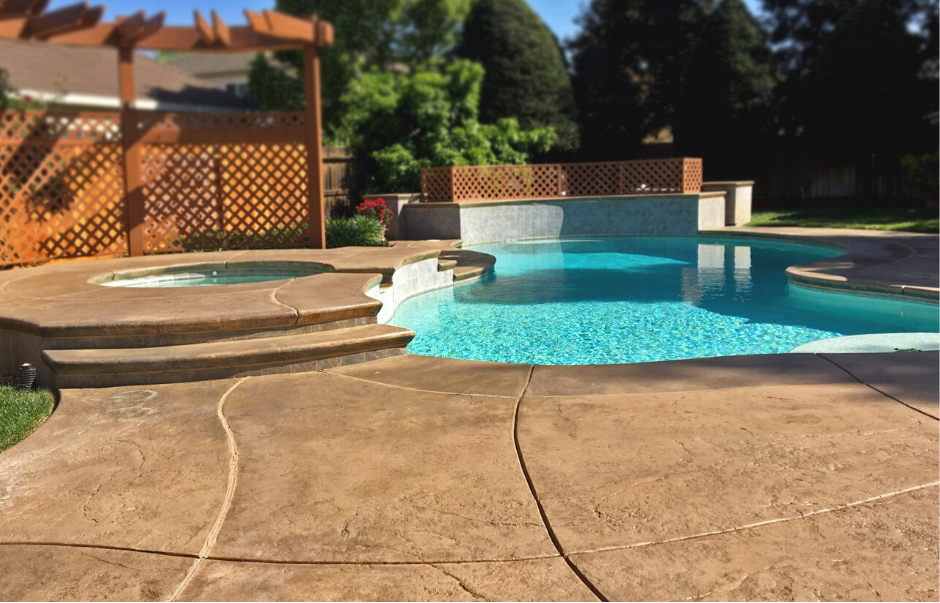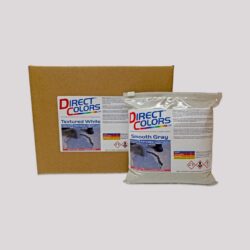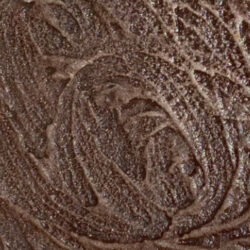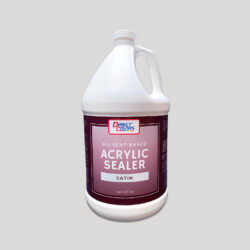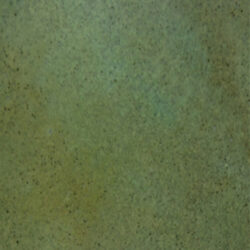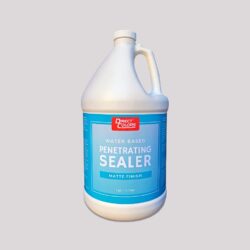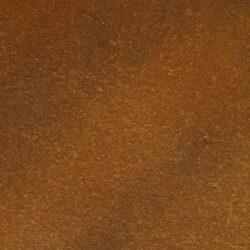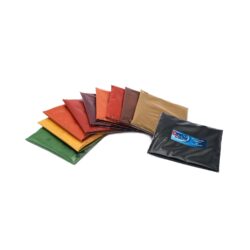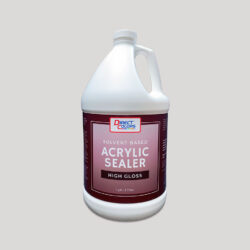

How to Winterize Outdoor Concrete
In the Northern Hemisphere, the weather will soon get a lot colder and wetter, with many areas experiencing freezing temperatures and snow.
You may have already started replacing your weather stripping and cleaning your gutters, but don’t neglect your outdoor concrete!
Concrete is very porous, which means that it absorbs water. This porosity also makes it vulnerable to wet weather, especially when temperatures drop below freezing.
During warmer weather, this isn’t really a problem, as the water will quickly evaporate whether it was deposited by morning dew or during a summer storm. But if the water gets in there and freezes, it can cause problems.
Water expands when it freezes, so if it’s confined within your concrete when it does so, that pressure can actually crack or shatter the material.
This is why bottled water comes in containers with those crinkles on the sides. These allow the bottle to expand without bursting if you leave it in the freezer too long.
Concrete can’t do this, though, so you’re responsible for protecting it.
Here are five things you should do to prevent damage to your outdoor concrete.
1. Patch and repair
If there are any cracks or broken patches in your concrete, fix them now. You can use Concrete Patching Compound for small cracks or tack holes, or combine patching compound with Concrete Overlay for larger areas requiring repair.
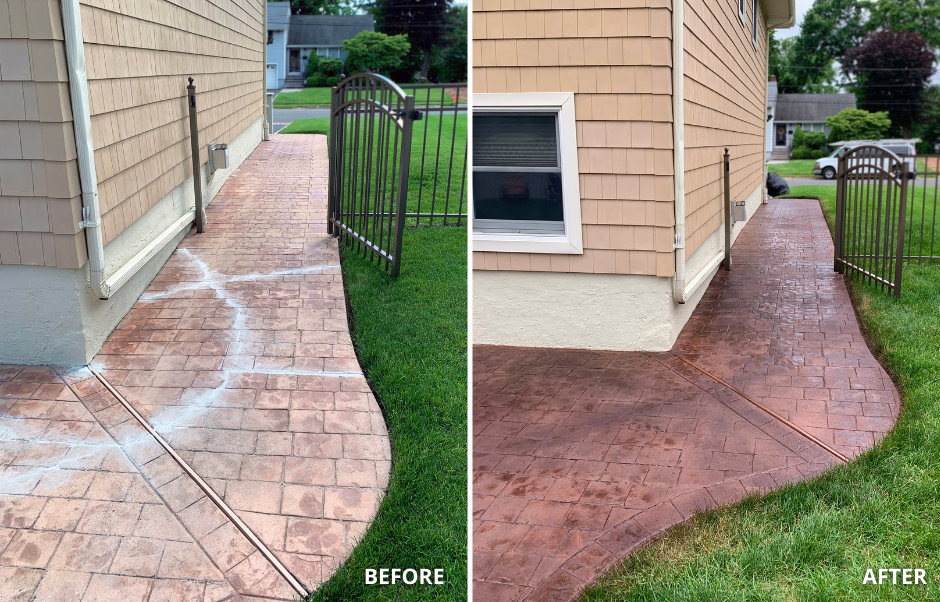

2. Reseal now
The best way to keep the water from getting into your concrete is to make sure that it’s properly sealed, so the start of fall is the best time to do this. Our Penetrating Sealer creates a non-porous surface and sinks into the concrete to fill in the pores so that water cannot.
If using a water-based sealer, make sure that the temperature is above 60°F (16°C) before you apply it.
For solvent based sealers, you can apply those right down to freezing, 32°F (0°C).
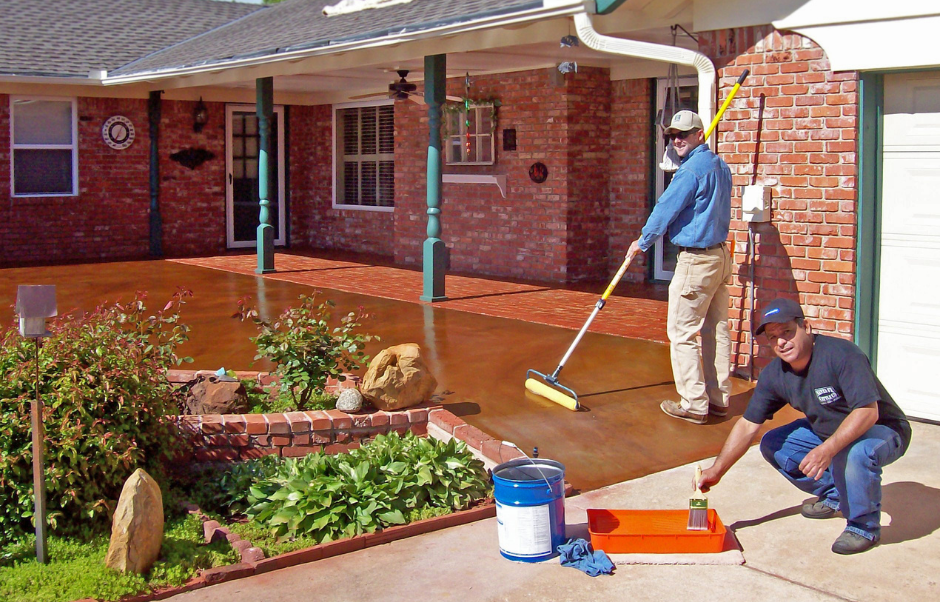

3. Cover outdoor countertops
If you have concrete countertops in outdoor kitchen or entertainment areas, you can also seal those. It’s still a good idea to cover them with tarps or heavy plastic that’s securely fastened down, especially if they have built-in sinks, cooktops, or other cuts in the concrete.
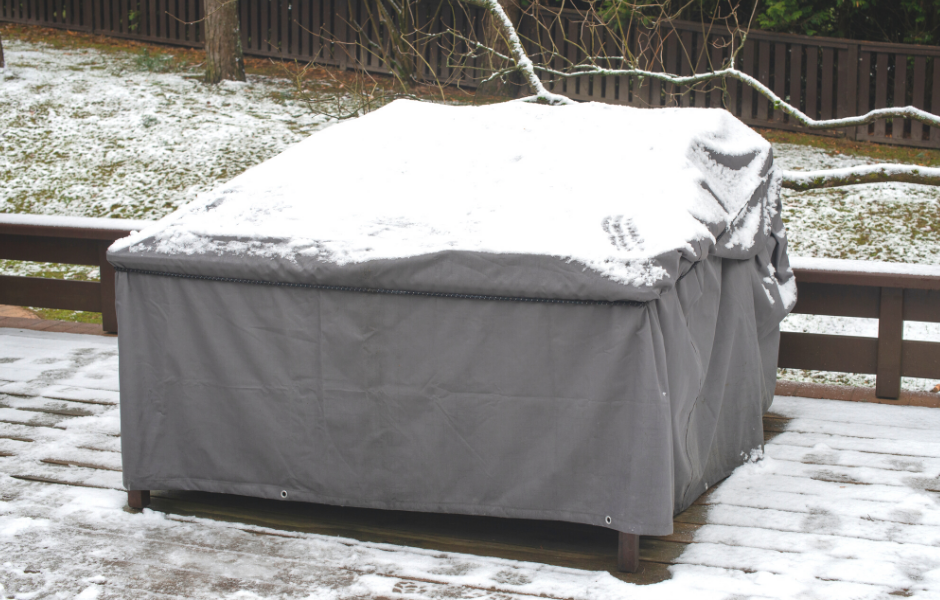
Concrete Fire Table
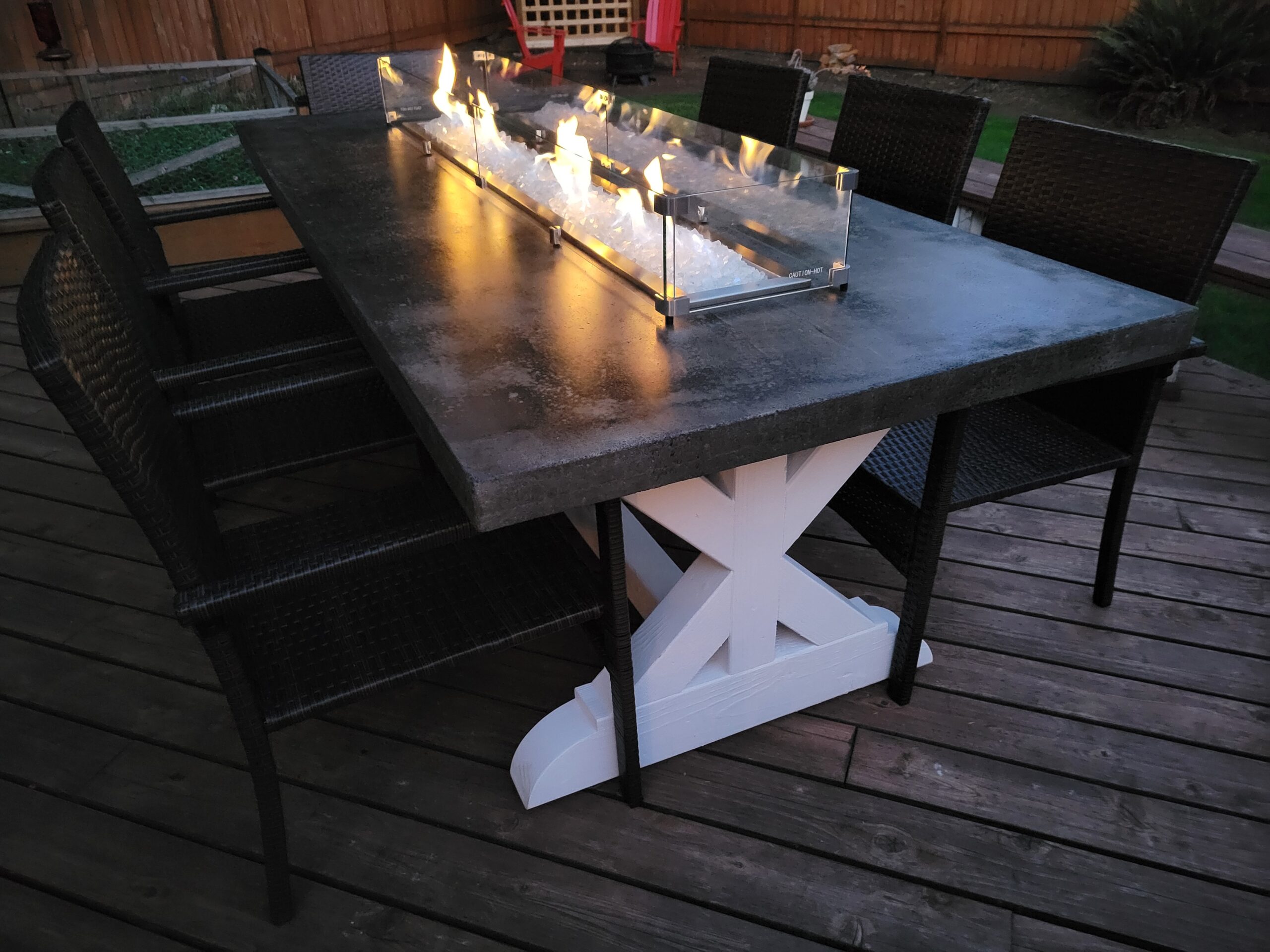
Outdoor Kitchen Concrete Countertop
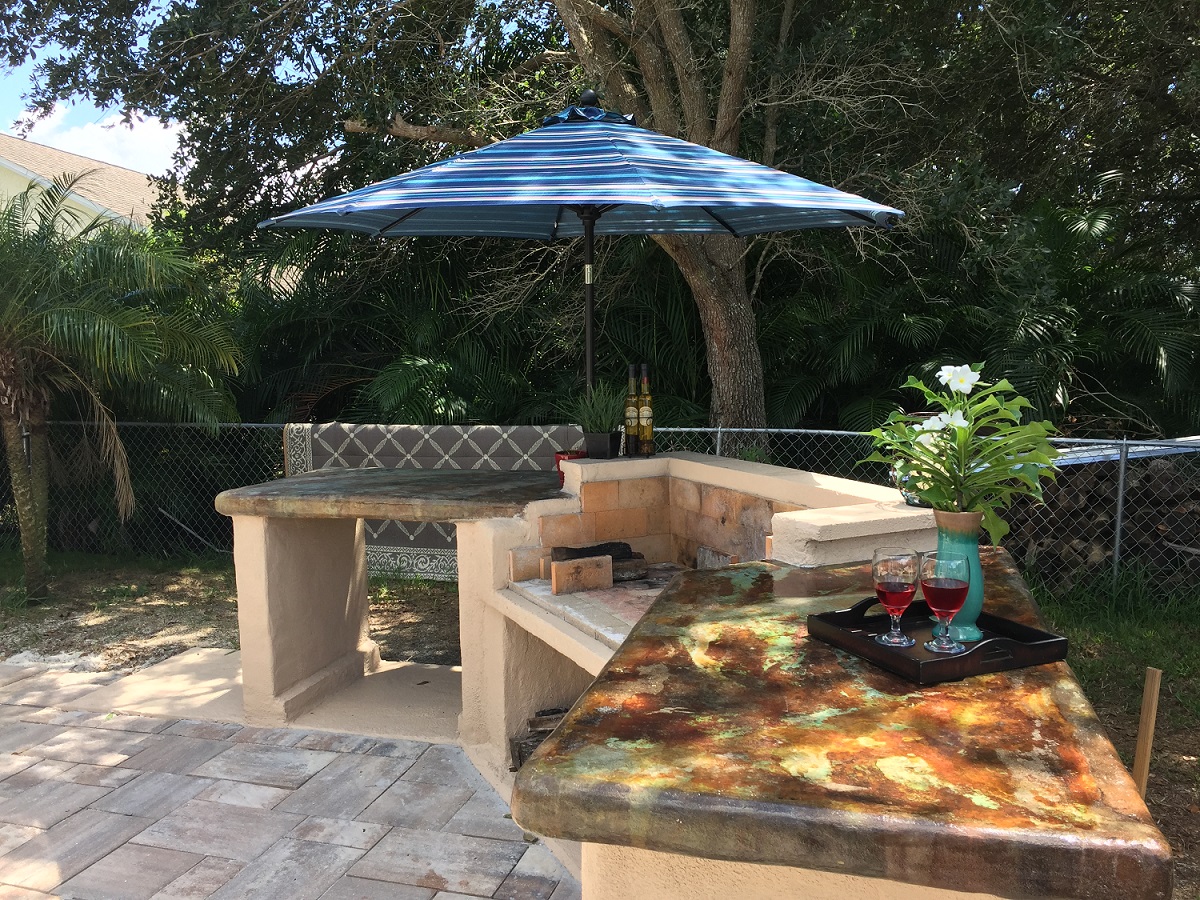

Concrete Fire Table

Outdoor Kitchen Concrete Countertop

4. Bring portable décor inside
It’s time for your statues, concrete garden gnomes, and easily movable fountains and birdbaths to come inside. Bring them into the garage or shed.
Here’s an idea – turn them into temporary indoor décor or secure them in a covered outdoor area, like a patio. If you do leave them outside, wrap them securely in heavy plastic.
Concrete Birdbath
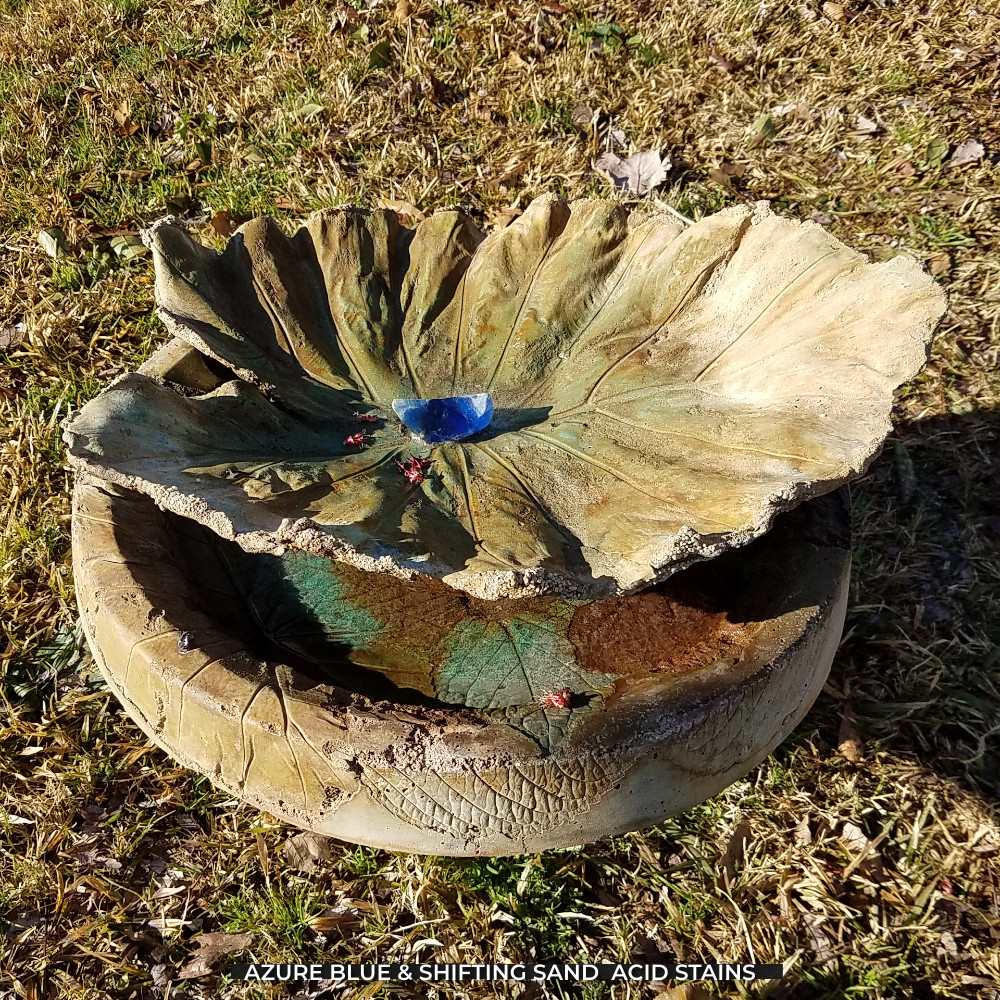
Concrete Skulls
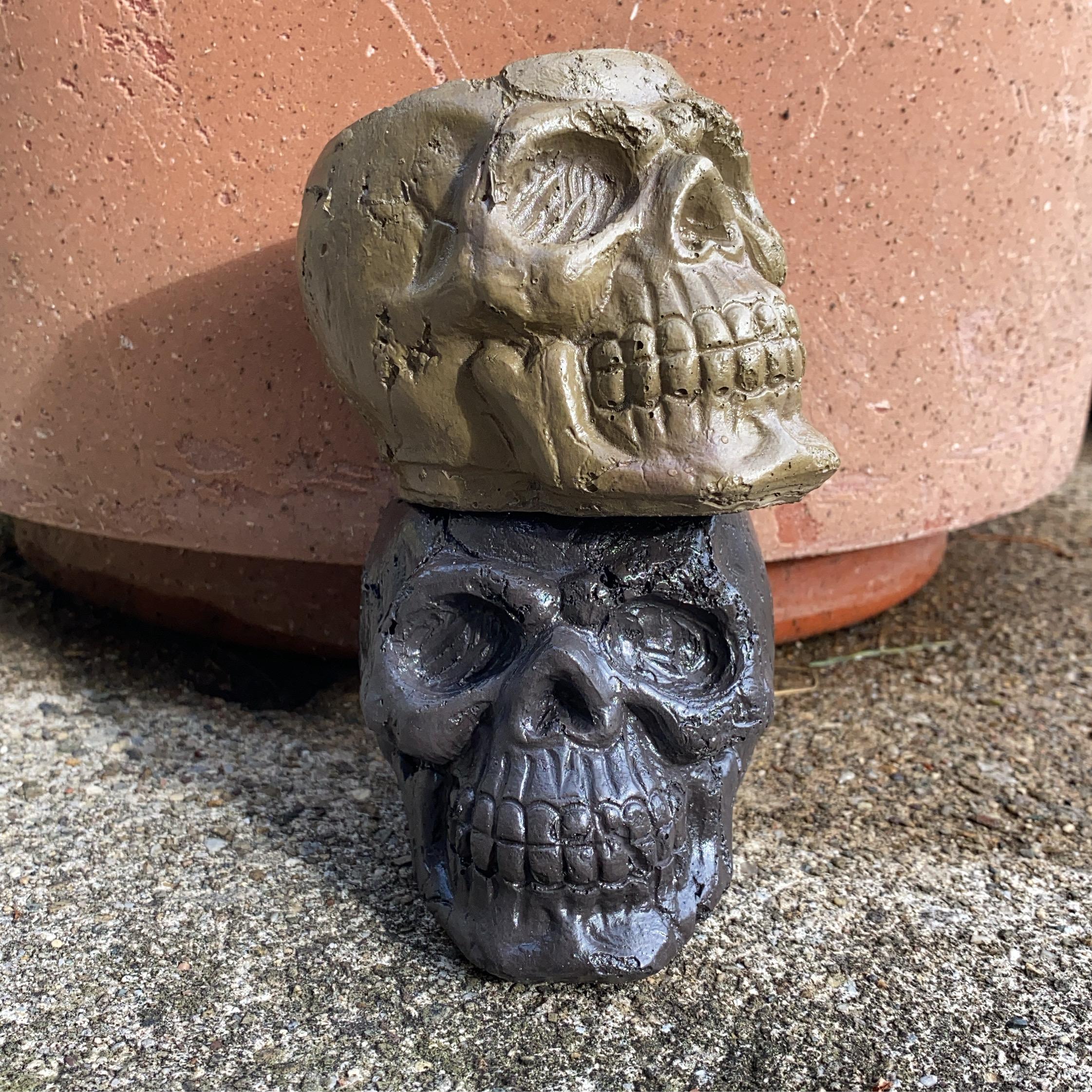
Concrete Birdbath

5. Prepare immobile décor
For décor that you can’t move (like large or built-in fountains and bird baths), drain them completely, remove and clean the pump, then apply sealer. Invert the bowls and cover the décor in tarps that are securely tied down.
If you can’t invert the bowls, fill them with towels or other absorbent material first. An alternative for birdbaths is to install an electric heater that will keep the water from freezing, to avoid ice damage while also providing a rare winter source of water for the birds.
Concrete Birdbath
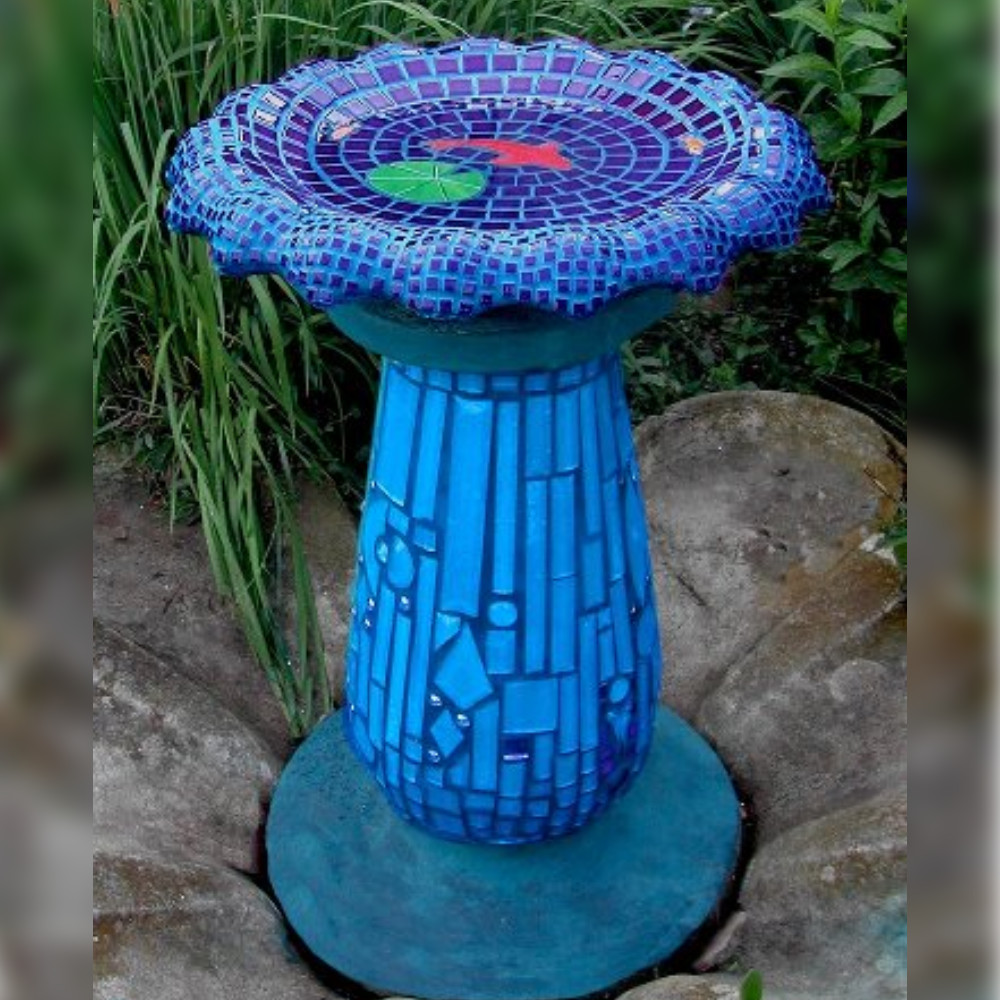
Concrete Fountain
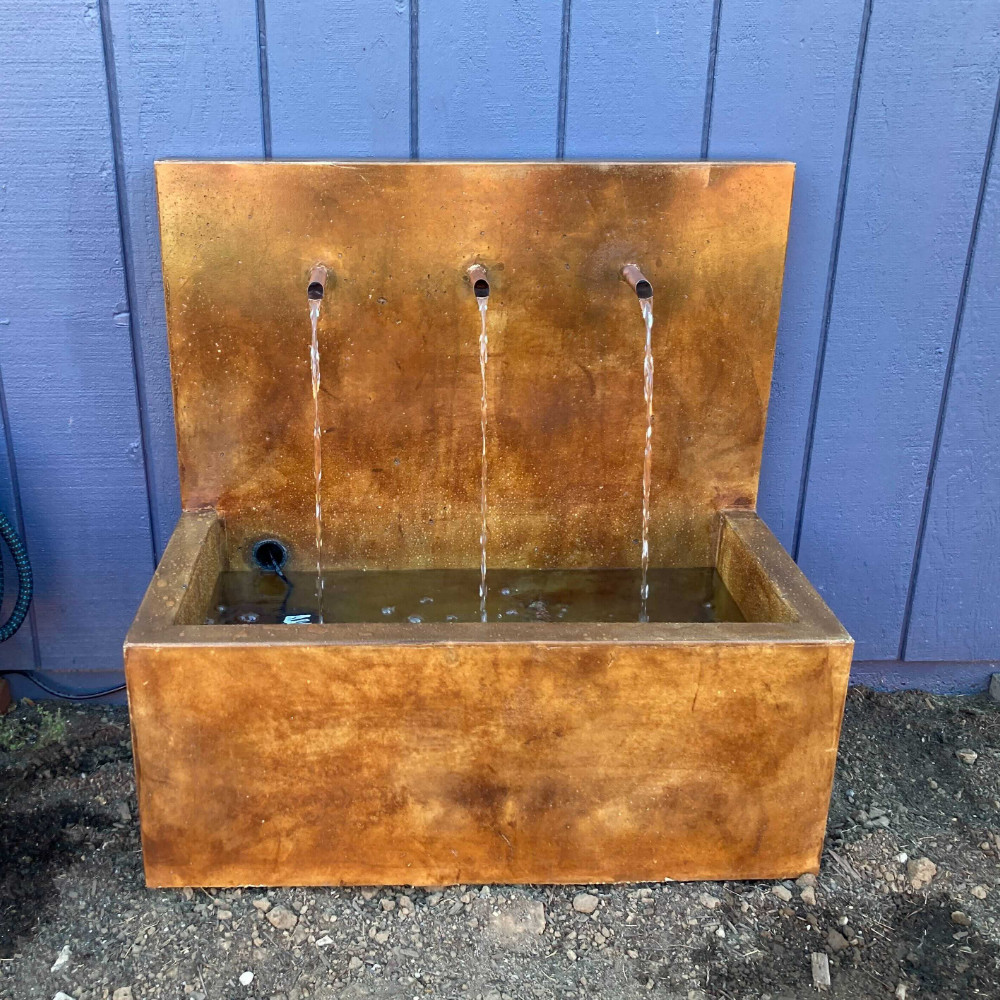
Remember, Spring will be back soon
Ironically, the property of concrete that makes it ideal for dyes and stains — its porosity — also makes it vulnerable to winter weather and freezing water.
But if you take action before the weather changes, you can make sure that your concrete makes it through the cold undamaged so you can enjoy it again when the weather warms up.
